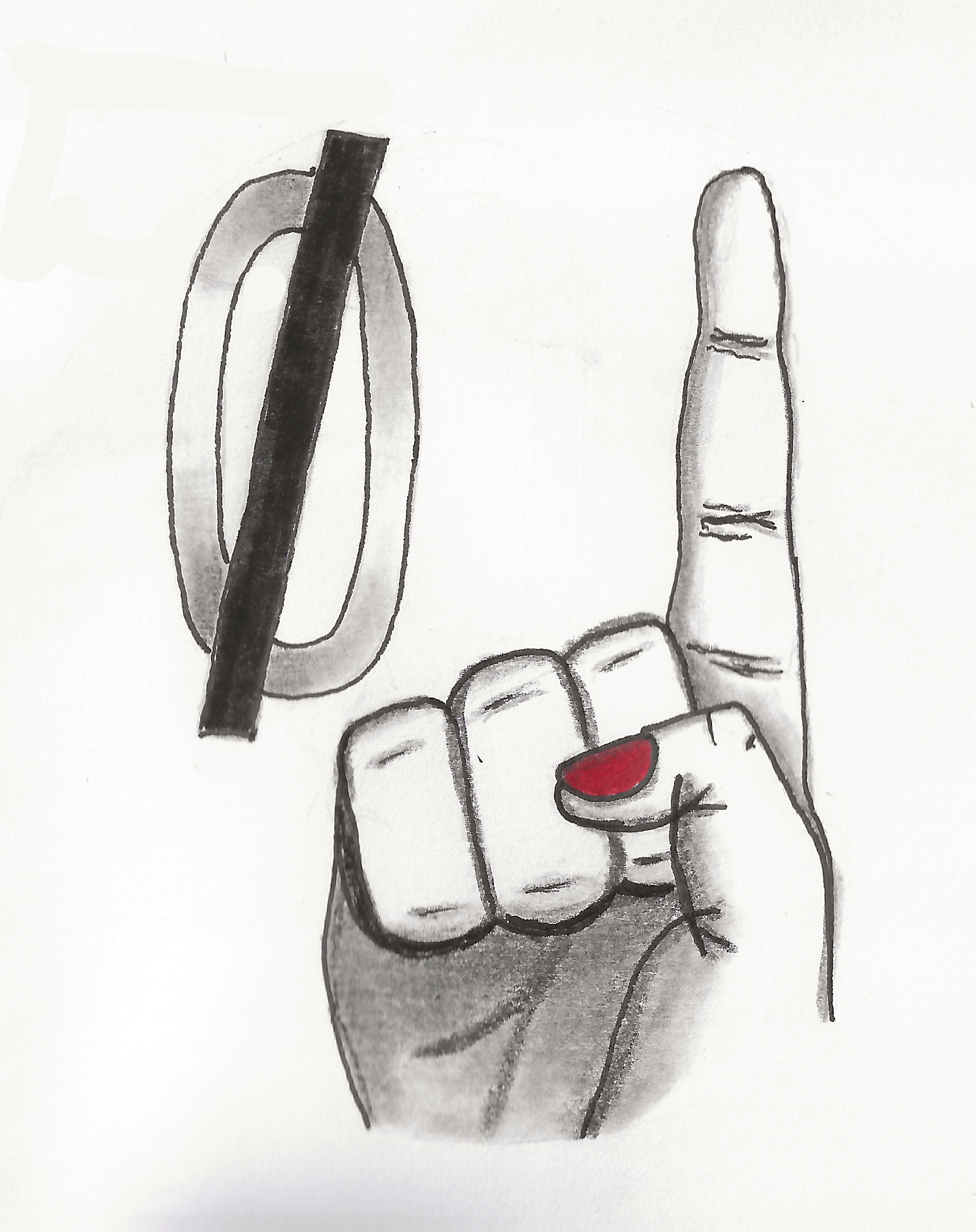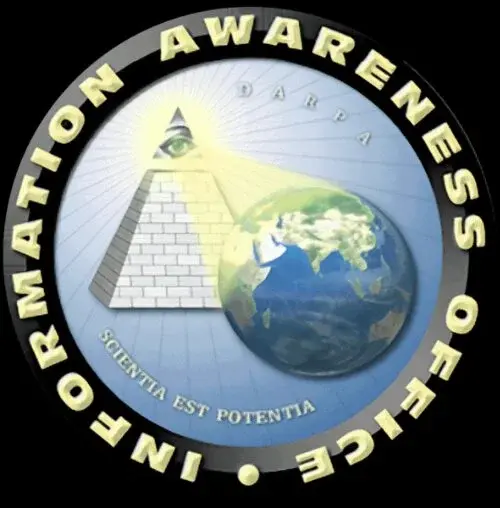- 8 Posts
- 9 Comments

 2·2 months ago
2·2 months agoYour assertion that the document is malicious without any evidence is what I’m concerned about.
I did not assert malice. I asked questions. I’m open to evidence proving or disproving malice.
At some point you have to decide to trust someone. The comment above gave you reason to trust that the document was in a standard, non-malicious format. But you outright rejected their advice in a hostile tone. You base your hostility on a youtube video.
There was too much uncertainty there to inspire trust. Getoffmylan had no idea why the data was organised as serialised java.
You should read the essay “on trusting trust” and then make a decision on whether you are going to participate in digital society or live under a bridge with a tinfoil hat.
I’ll need a more direct reference because that phrase gives copious references. Do you mean this study? Judging from the abstract:
To what extent should one trust a statement that a program is free of Trojan horses? Perhaps it is more important to trust the people who wrote the software.
I seem to have received software pretending to be a document. Trust would naturally not be a sensible reaction to that. In the infosec discipline we would be incompetent fools to loosely trust whatever comes at us. We make it a point to avoid trust and when trust cannot be avoided we seek justfiication for trust. We have a zero-trust principle. We also have the rule of leaste privilige which means not to extend trust/permissions where it’s not necessary for the mission. Why would I trust a PDF when I can take steps to access the PDF in a way that does not need excessive trust?
The masses (security naive folks) operate in the reverse-- they trust by default and look for reasons to distrust. That’s not wise.
In Canada, and elsewhere, insurance companies know everything about you before you even apply, and it’s likely true elsewhere too.
When you move, how do they find out if you don’t tell them? Tracking would be one way.
Privacy is about control. When you call it paranoia, the concept of agency has escaped you. If you have privacy, you can choose what you disclose. What would be good rationale for giving up control?
Even if they don’t have personally identifiable information, you’ll be in a data bucket with your neighbours, with risk profiles based on neighbourhood, items being insuring, claim rates for people with similar profiles, etc. Very likely every interaction you have with them has been going into a LLM even prior to the advent of ChatGPT, and they will have scored those interactions against a model.
If we assume that’s true, what do you gain by giving them more solid data to reinforce surreptitious snooping? You can’t control everything but It’s not in your interest to sacrifice control for nothing.
But what you will end up doing instead is triggering fraudulent behaviour flags. There’s something called “address fraud”, where people go out of their way to disguise their location, because some lower risk address has better rates or whatever.
Indeed for some types of insurance policies the insurer has a legitimate need to know where you reside. But that’s the insurer’s problem. This does not rationalize a consumer who recklessly feeds surreptitious surveillance. Street wise consumers protect themselves of surveillance. Of course they can (and should) disclose their new address if they move via proper channels.
Why? Because someone might take a vacation somewhere and interact from another state. How long is a vacation? It’s for the consumer to declare where they intend to live, e.g. via “declaration of domicile”. Insurance companies will harrass people if their intel has an inconsistency. Where is that trust you were talking about? There is no reciprocity here.
When you do everything you can to scrub your location, this itself is a signal that you are operating as a highly paranoid individual and that might put you in a bucket.
Sure, you could end up in that bucket if you are in a strong minority of street wise consumers. If the insurer wants to waste their time chasing false positives, the time waste is on them. I would rather laugh at that than join the street unwise club that makes the street wise consumers stand out more.

 82·2 months ago
82·2 months agoDon’t Canadian insurance companies want to know where their customers are? Or are the Canadian privacy safeguards good on this?
In the US, Europe (despite the GDPR), and other places, banks and insurance companies snoop on their customers to track their whereabouts as a normal common way of doing business. They insert surreptitious tracker pixels in email to not only track the fact that you read their msg but also when you read the msg and your IP (which gives whereabouts). If they suspect you are not where they expect you to be, they take action. They modify your policy. It’s perfectly legal in the US to use sneaky underhanded tracking techniques rather than the transparent mechanism described in RFC 2298. If your suppliers are using RFC 2298 and not involuntary tracking mechanisms, lucky you.

 162·2 months ago
162·2 months agoYou’re kind of freaking out about nothing.
I highly recommend Youtube video
l6eaiBIQH8k, if you can track it down. You seem to have no general idea about PDF security problems.And I’m not sure why an application would output a pdf this way. But there’s nothing harmful going on.
If you can’t explain it, then you don’t understand it. Thus you don’t have answers.
It’s a bad practice to just open a PDF you did not produce without safeguards. Shame on me for doing it… I got sloppy but it won’t happen again.

 1·2 months ago
1·2 months agoAlso worth noting Brother uses that trick where empty cartridges are detected by a laser which is exactly not positioned as low on the cartridge as it could be, forcing people to toss not-so-empty cartridges.
BTW, regarding the trackers dots I’ll drop a link here for anyone who wants to verify Brother’s role in it:
https://www.eff.org/pages/list-printers-which-do-or-do-not-display-tracking-dots

 1·2 months ago
1·2 months agoAnother reason to use inkjets: GHG footprint. Inkjets use far less energy than lasers. It’s a shame we have to choose between ecocide and tricks and traps.
The only no-compromise path I see is to pull an inkjet from the dumpster, fix it, and refill the cartridges with homemade “ink” from spent coffee grounds and tea.

 2·2 months ago
2·2 months agoQuestion answered in the parent thread:
https://lemmy.sdf.org/comment/15364720
when a server pushes a 403, it still sees the full URL that was attempted.

 4·3 months ago
4·3 months ago!smartphone_required@lemmy.sdf.org captures these kinds of cases. @FoxyFerengi@lemm.ee, if you know of any situations where your prof faced difficulty for not having a smartphone, consider posting about it there.

 1·3 months ago
1·3 months agoThanks for the tip. The info would be gone now but I’ll try that next time it happens.


Oracle Documaker PDF Driver
PDF version: 1.3
Not sure how to do that but I did just try
pdfimages -allwhich was not useful since it’s a vector PDF.pdfdetach -listshows 0 attachments. It just occurred to me thatpdftocairocould be useful as far as a CLI way to neuter the doc and make it useable, but that’s a kind of a lossy meat-grinder option that doesn’t help with analysis.Thanks for the tip. I might have to look into that. No readme… I guess this is a /use the source, Luke/ scenario. (edit: found this).
I appreciate all the tips. I might be tempted to dig into some of those options.